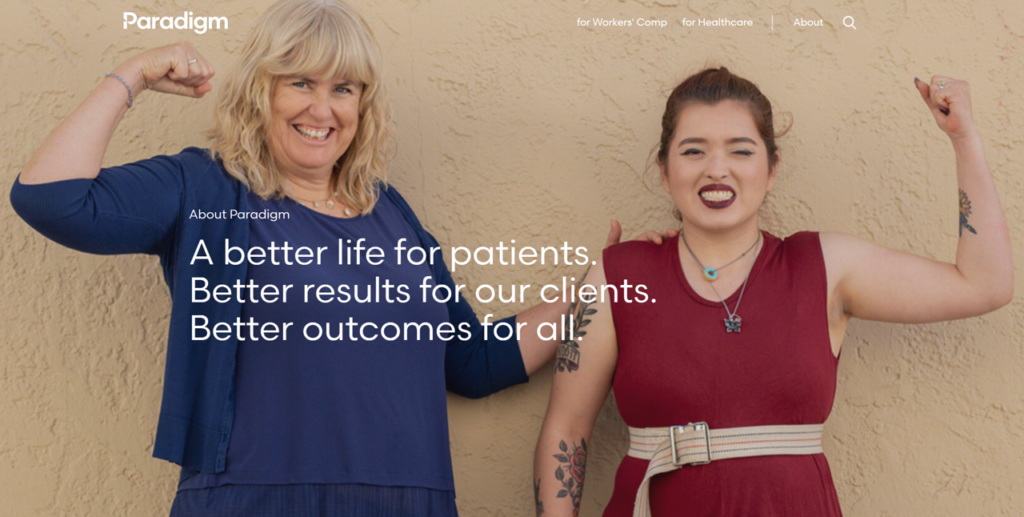 The factors of where people are born, live, work and age — social determinants — shape human health more than health care. Yet in the U.S. much more resource per capita is funneled into healthcare services than into social ones.
The factors of where people are born, live, work and age — social determinants — shape human health more than health care. Yet in the U.S. much more resource per capita is funneled into healthcare services than into social ones.
Beyond Health Care: The Role of Social Determinants in Promoting Health and Health Equity was published by The Kaiser Commission on Medicaid and the Uninsured in November 2015, calling attention to the opportunity and wisdom of baking health into all public policy.
 The social determinants of health (SDOH) include economic stability, the physical environment and neighborhood, education, food, community and social context, and the health care system, shown in the second exhibit. Together, these can bolster, or diminish, personal health outcomes — and exacerbate public health disparities, such as peoples’ access to current evidence-based care, treatments and procedures, and basic primary care services that can prevent folks from showing up in emergency departments downstream, sicker and costing more.
The social determinants of health (SDOH) include economic stability, the physical environment and neighborhood, education, food, community and social context, and the health care system, shown in the second exhibit. Together, these can bolster, or diminish, personal health outcomes — and exacerbate public health disparities, such as peoples’ access to current evidence-based care, treatments and procedures, and basic primary care services that can prevent folks from showing up in emergency departments downstream, sicker and costing more.
On the health insurance front, Medicaid reforms have the opportunity to bring SDOHs into payment design, such as providing incentives for coordinating care, and identifying patients who should benefit from SNAP (food stamp) benefits but aren’t.
In healthcare, there are models of community-based programs that are making a difference in local markets for health citizens. In Camden, New Jersey, a low-income community, the Camden Coalition of Health Care Providers identifies high utilizers of hospital services and connects people to high quality, lower-cost appropriate services. The care team includes providers and social work staff to bridge medical and social needs…a gap in U.S. health care policy and workflow.
Health Populi’s Hot Points: Because the social determinants of health are many and cross different areas, from food and education to jobs and physical safety, the solutions to addressing health disparities are multi-factorial. Reducing health disparities will take many strategies and well-designed tactics. Thus the policy suggestion to address health in all policies, such as transportation, education, city and town planning, and food and farm subsidies, is a smart one.
Schools and education overall is a keenly strategic place to start. Education connects quite directly to a person’s ability to get a good paying job, then enabling the health citizen to live in a safe, healthy neighborhood, access fresh food at a neighborhood grocer, and drive positive health outcomes. This is not new-news, but the Kaiser Commission paper reminds us that in the U.S., we have been remiss in doing the obvious: getting to root causes of ill health which are touchpoints where we live, work, play, and learn.





 Jane will deliver the keynote address at the upcoming
Jane will deliver the keynote address at the upcoming  Thank you, Jared Johnson, for including me on the list of the
Thank you, Jared Johnson, for including me on the list of the  I am so grateful to Tom Lawry for asking me to pen the foreword for his book, Health Care Nation,
I am so grateful to Tom Lawry for asking me to pen the foreword for his book, Health Care Nation,